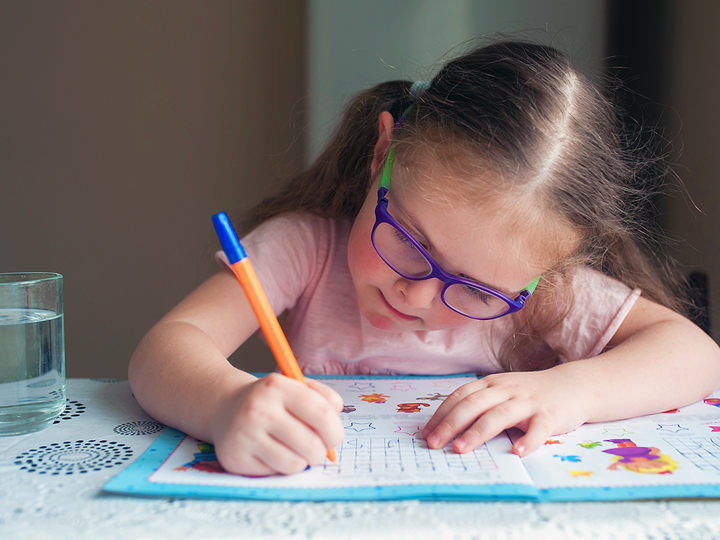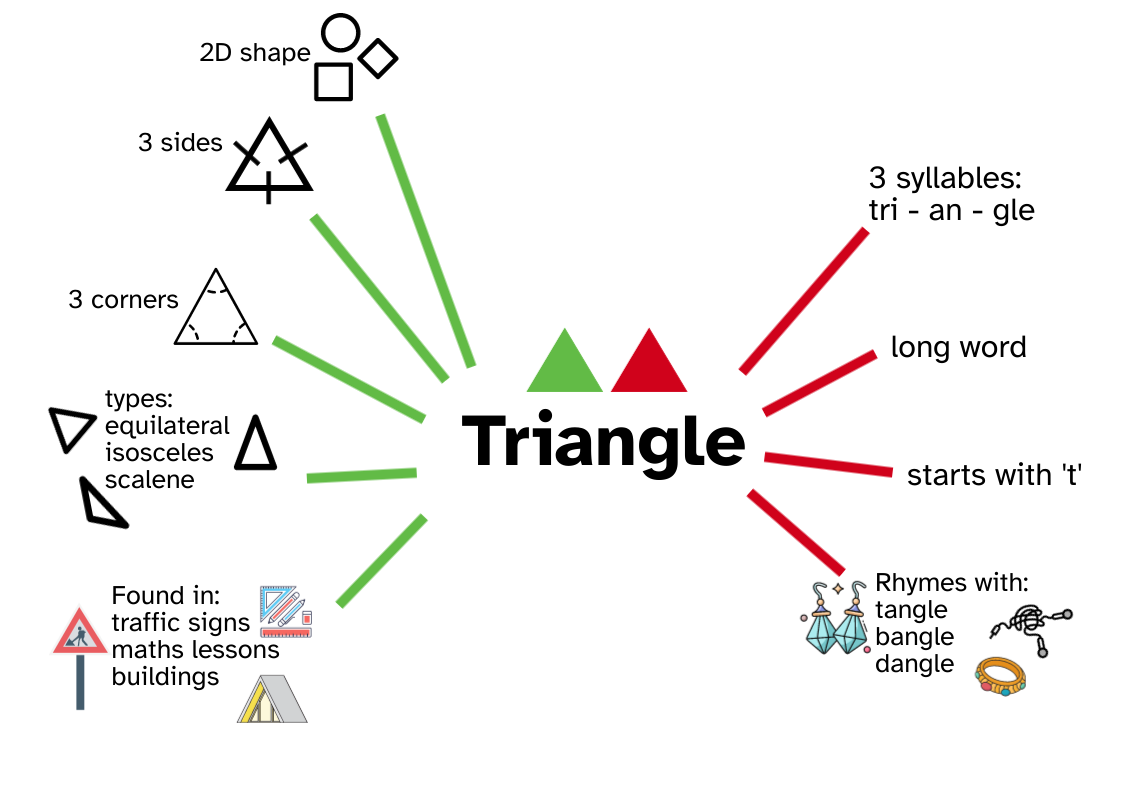Word maps
- 5-11 Years
- 11-19 Years
- Speech, language and communication

Word maps are a great way to help children and young people learn new words in an organised way.
A word map helps your child or young person understand:
- the meaning of the word (semantics)
- how the word looks (orthographic knowledge)
- how the word sounds (phonological knowledge)
Parents and carers can use this information at home to support their child. Education staff can also use this information with children in their school or setting.
Please try these ideas and advice before making a referral to the Speech and Language Therapy Service.
How to make a word map
Word maps are really easy once you know how to start. They are similar in appearance to a mind map.
The best way to use a word map is by using it consistently. This will help the child learn to make their own, if they need it in the future.

Steps to making a word map
1. Write the word in the middle of a page and draw a picture of the word.
2. Discuss the word with the child or young person. You can talk about the word in lots of ways. You can talk about the meaning of the word, how the word looks or how the word sounds. You can ask questions like:
-
- What is it?
- What do you do with it?
- What category does it belong to?
- Where would you find it?
- What is it made from?
- How does it feel?
- What size, colour or shape is it?
- Does it have any features?
- Is there something else like it?
- What does it make you think of?
- Is it a long word or a short word?
- What sound does it start with?
- What other sounds can you hear in the word?
- What does it rhyme with?
- How many syllables does it have?
3. Draw a line from the word in the middle.
4. Draw or write the answers to the questions. For example if the word is triangle, you can draw the places you see triangles like signs and buildings.
5. Try to draw pictures and write less. This can be a quick visual reminder for the child or young person.
Top tips
The child or young person can colour code the word map. This can be a visual aid to help them remember the words and information. The child or young person could colour code:
- The lines - They can colour the lines for different reasons. For example, they may want to use a green lines for the meaning of the word and red lines for the structure of the word.
- The words - They can use different coloured pencils to write the words. For example, green pens for the meaning of the word and red pens for the structure of the word.
Download
-
117.83Kb
Last reviewed: 24 November, 2025
